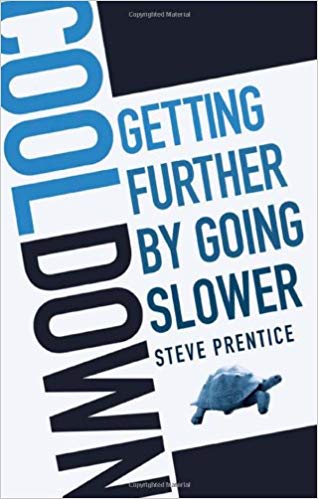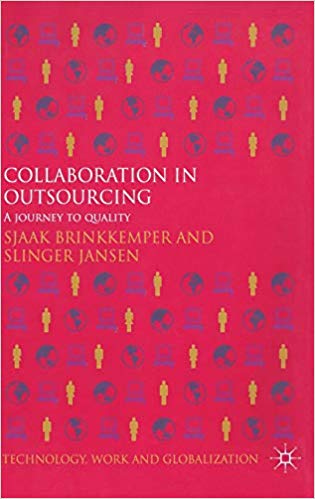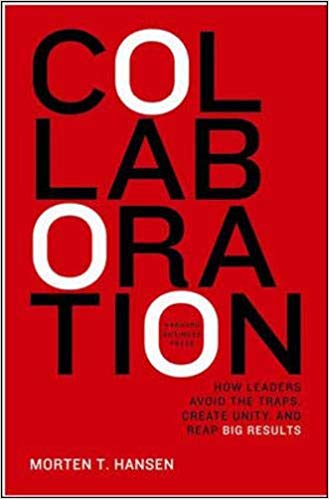The Ancient and Future Art of Outsourcing and Collaboration
Back in the age when the Romans ruled much of the world, there was a special place, located in what we now collectively call the Middle East, where three major roads met: the road leading northwest to Europe, the road leading south to Africa, and the road leading east to Asia. At the meeting place of these three roads was, so the story goes, a giant pole, upon which passers-by would post messages to other passers-by, in the hope and expectation that the private messages would be delivered to their destinations and that the public notices would be read and acted upon. Some people were looking for investors or business partners; others were selling goods from exotic places beyond the horizon. Others simply wished to leave messages about dangerous routes, commercial opportunities, distant tribes and peoples, and other information that was useful for travellers and traders at-large.
The information that was posted on this fabled pole became the common knowledge of those who needed to know. The place where the pole stood, at the junction of these three roads was called, in Latin, the Tre Via (the three roads), a word that through the ages became rounded down to trivia, and which has come to represent “common knowledge to the point of redundancy.”
The Tre Via could be seen as an early prototype of group communication and collaboration technology. There was no Internet back then, of course, no phones and no reliable mail service. Instead, this open pillar of knowledge stood accessible to all, and opportunities and synergies derived from its presence. The knowledge was not “unnecessary” as today’s definition of trivia might suggest, but simply available to many.
When people work well together, and when they communicate, great things happen. It is well known that Steve Jobs, when overseeing the design of the buildings on the Apple campus, ensured that the washrooms were centrally located to help ensure a cross-pollination of ideas from people who might otherwise never meet. Since everyone had to go to the bathroom eventually, they would all gravitate to this key area. Wide stairways with power plugs on every stair helped ensure that the employees then had the opportunity to be spontaneous, with their laptop computers close at hand.
Collaboration, both internal and also through outside resources or outsourcing is essential for the successful completion of a project. The culture of openness fostered by the social media revolution has allowed project managers to step out of their silos and their offices and pursue greater, more productive ways of planning and communicating.
One of the best techniques for fostering collaboration is the replacement of the email address with an online collaboration location, essentially a new-age version of the Tre Via pole. A project manager who has to deal with dozens or even hundreds of cc’d emails has basically made a commitment to a much larger workload than is necessary. Building a central online meeting point for team members to communicate and learn means less direct messaging and more synergy. Such a location also facilitates access by all team members to the project plan, to guides or instructions, images or prototypes, a collective wiki-style knowledge base, videos, and a platform for conversation.
Remembering again that the essence of successful project management comes down to the two words planning and communication, an online location for synergy and dialogue 24/7 takes projects down a much more proactive path than the old-school approach represented by the traditional hierarchical organization chart.
In addition to collaboration opportunities, new approaches to project management also are able to take into account the vast and rich collection of talent that exists beyond a company’s walls. Numerous organizations are taking advantage of the opportunity to supplement their existing talent base through their relationships with specialist outsourcers.
Innocentive, for example, is an organization dedicated to furthering innovation by opening up challenging engineering and scientific problems to the world, and providing rewards for people who are able to come up with a solution on behalf of a paying client. Many common household products, such as the Swiffer duster, and standing-tube toothpaste owe their existence in part to the expertise of engineers and designers who exist on the outside of an official company team.
On a smaller scale, outsourcing and freelancer sites such as elance.com give project managers access to a wide range of people who are willing to work on a project-by-project basis in areas ranging from clerical to specialist. Although detractors of the outsourcing model will point to the large numbers of workers who are willing and able to work for mere dollars a day due to their local economies, it can be proven that freelancers in more prosperous corners of the world such as North America are also able to bid on and win jobs through a shrewd illustration of their value and ROI. Their innovation and drive serves to add heightened energy and up-to-date skills to an existing project, which sometimes can lack these things due to the realities of life inside the walls.
Although some may view a comparison of modern technologies to an ancient pole to be retrograde and misguided, the fact is that connection between disparate human beings represents the ultimate in creativity, problem-solving and achievement. Modern technologies have done a great deal in the last few decades to speed up the act of communication but it has only been through the advent of social media technologies that the more important element of connection with people across many planes has been realized.
Related Articles
Related Books on Amazon
Cool Down: Getting Further by Going Slower
Cool Down takes a look at our innate and powerful addiction to high-speed activity, and shows how it is robbing us of the ability to think creatively and to connect with others (clients, colleagues,…
Collaboration in Outsourcing: A Journey to Quality (Technology, Work and Globalization)
Although IT outsourcing is nothing new, it remains surprisingly challenging for professionals. This book assists the IT professional in several areas of the outsourcing process: establishing…
Collaboration: How Leaders Avoid the Traps, Build Common Ground, and Reap Big Results
In Collaboration, author Morten Hansen takes aim at what many leaders inherently know: in today's competitive environment, companywide collaboration is an imperative for successful strategy execution,…
Actionmint's articles are about productivity, collaboration, entrepreneurship & project management. Everything about getting your work done.
Subscribe and get your daily mints by email or RSS


















